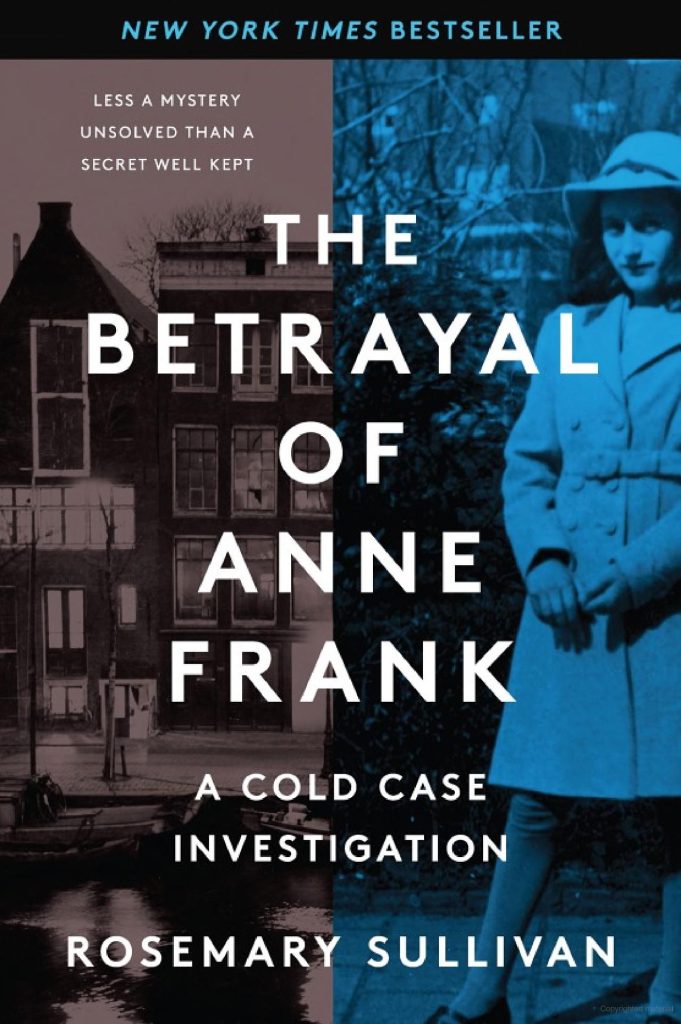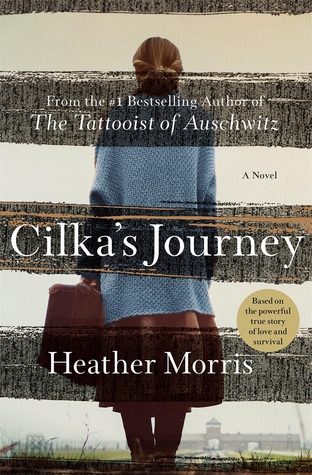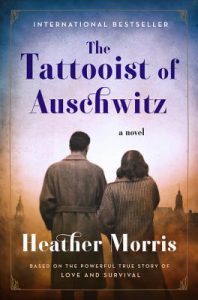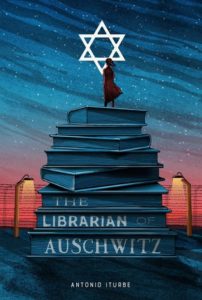The Betrayal of Anne Frank by Rosemary Sullivan

First line: On August 4, 1944, a thirty-three-year-old German SS officer, Karl Josef Silberbauer, a sergeant in the Sicherheitsdienst (SD) Referat IV B4, known colloquially as the “Jew-hunting unit,” was sitting in his office on Euterpestraat in Amsterdam when the phone rang.
Summary: A former FBI agent, Vincent Pankoke, along with a team of investigators decided to dive into one of the most famous cold cases in recent history. Who betrayed Anne Frank? Using new technology they poured over interviews, documents and photographs, looking for clues that may lead them to betrayer. As the pieces began to fall together they believe they have found who may have been responsible for the raid on the secret annex in 1944.
My Thoughts: I remember reading The Diary of Anne Frank when I was younger. It fascinated me then and lead me to love the history of World War II. I watched the movies and read everything else I could get my hands on about this time period. Over the years though, my fascination waned as I found new topics to explore but after reading this I think I need to read it again.
I found the methodical research of the team intriguing. They looked in places I never even knew existed. I realized as I read that I did not know as much about the time period as I originally thought. There were thousands of Jews in hiding. It was not an uncommon event to have a hiding place raided. But the fact that the Frank family’s life in the annex was so well documented by Anne made the topic available to the world. After reading her diary, the reader feels connected to them and makes it much more real.
Even though I knew how the story ended I kept hoping that it would change. I liked the layout of the narrative. We start with the history and events surrounding the secret annex, the concentration camps and aftermath of the war. Then we dive into the evidence which is spread near and far. Some has disappeared with the witnesses. But the researchers used every avenue they could find. Interviewing family members, historians, archivists and even the Anne Frank Organization. I found myself saying just one more chapter!
I kept hoping for a definitive answer. Even though they think they discovered the betrayer there is still some doubt because there may be more evidence that has not been uncovered yet. They do make a very strong argument which I found believable and likely. Let me know in the comments what you think!
FYI: This can be a difficult topic since it deals with the Holocaust and the death of millions.


 of historical fiction novels. When I was younger my interest was on World War II and the Holocaust. It was and is hard to imagine what happened and reading about it helped me to understand it better.
of historical fiction novels. When I was younger my interest was on World War II and the Holocaust. It was and is hard to imagine what happened and reading about it helped me to understand it better. The Tattooist of Auschwitz
The Tattooist of Auschwitz